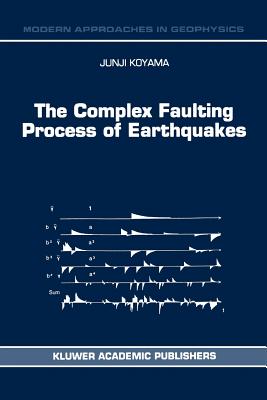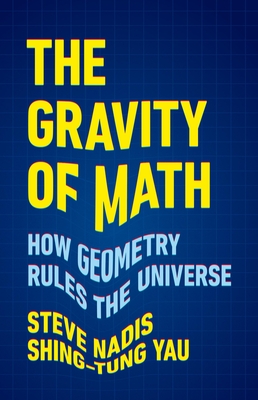
The Complex Faulting Process of Earthquakes (Modern Approaches in Geophysics #16)
Description
In seismology an earthquake source is described in terms of a fault with a particular rupture size. The faulting process of large earthquakes has been investigated in the last two decades through analyses of long-period seismo grams produced by advanced digital seismometry. By long-period far-field approximation, the earthquake source has been represented by physical parameters such as's ismic moment, fault dimension and earthquake mag nitude. Meanwhile, destruction often results from strong ground motion due to large earthquakes at short distances. Since periods of strong ground motion are far shorter than those of seismic waves at teleseismic distances, the theory of long-period source process of earthquakes cannot be applied directly to strong ground motion at short distances. The excitation and propagation of high-frequency seismic waves are of special interest in recent earthquake seismology. In particular, the descrip tion and simulation of strong ground motion are very important not only for problems directly relevant to earthquake engineering, but also to the frac ture mechanics of earthquake faulting. Understanding of earthquake sources has been developed by investigating the complexity of faulting processes for the case of large earthquakes. Laboratory results on rock failures have also advanced the understanding of faulting mechanisms. Various attempts have been made to simulate, theoretically and empirically, the propagation of short-period seismic waves in the heterogeneous real earth.


